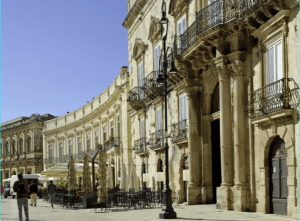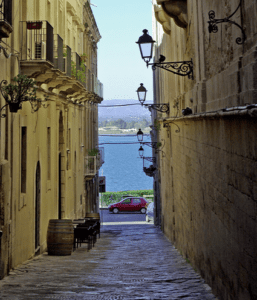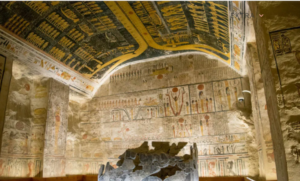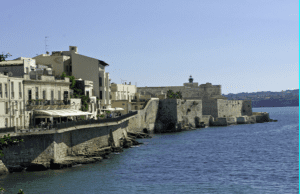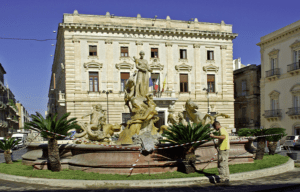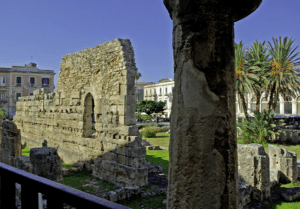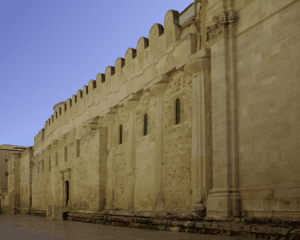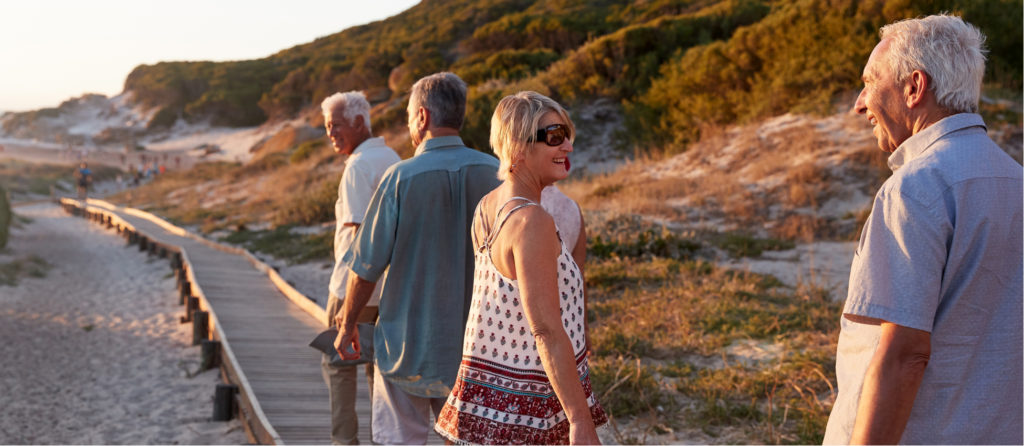As part of an eight day trip to Sicily with Riviera travel we had a full day to explore Ortygia by ourselves.
Ortygia is a small island off the coast from Siracusa and joined to it by three bridges. It was founded by Corinthian colonists who landed on the island around 734BC, being attracted by the plentiful supply of fresh water. The island was easily defensible with good natural harbours on both sides and was on one of the major trade routes of the Mediterranean. It quickly flourished becoming a rich commercial city and major regional centre. It was even bigger than Athens and Corinth.
The remains of the wall and gateway built by Dionysis the Great can still be seen on via XX Septembre. There isn’t a lot left of the Temple of Apollo on Piazza Pancalli , which is one of the oldest Greek Temples in Sicily and even older than those in the “Valley of teh Temples.”:http://wasleys.org.uk/eleanor/otherholidays/sicily/day_two/two_two/index.html
In 211BC, the Romans took control of the area, being followed by the Byzantines and then the Arabs in 878AD. The Byzantines were responsible for converting the Temple to Athena into a “Cathedral”:http://wasleys.org.uk/eleanor/otherholidays/sicily/day_six/six_four/index.html cathedral and 2500 years later it is still possible to see part of the
original Greek masonry.
The Church of San Lucia alla Badia is built over C4th catacombs which are the largest to survive outside Rome.
The Normans took the island from the Arabs and were responsible for building the impressive fortress of Castello Maniace, at the tip of the island. They were replaced by Spanish rulers.
In the middle ages there was a substantial Jewish population living in the city, including wealthy merchants and bankers. In 1492, the Spanish King Ferdinand II, gave the Jews an ultimatum – convert to Catholicism or sell off your assets within three months and leave. Many left. Five hundred years later, many of the old buildings still have cellars with the remains of the mikveh or ritual baths. One of the “best”:http://www.italymagazine.com/featured-story/ortigias-jewish-ritual-baths to surviveis that beneath Hotel Alla Giudecca on Via Alagona. The synagogue became the “Church of St Paul the Apostle”:http://wasleys.org.uk/eleanor/otherholidays/sicily/day_six/six_three/index.html .
From then onwards, Ortygia’s fortunes declined and from being the largest and most important city in Sicily, it became little more than a provincial town. Famine, earthquakes and plague reduced the population. After the 1693 earthquake there was a programme of massive Baroque reconstruction as can be seen in some of the splendid palazzios and also buildings around Piazza del Duomo.
By the C20th the population of Ortygia had fallen and many of the buildings were disused and in poor condition. Since becoming a World Heritage Site in 2005 money has poured in to restore the churches and buildings, although there is still a lot of work to be done and several of the churches are still waiting restoration. It is again becoming a desirable place to live and prices are rocketing.
Ortygia needs to be explored on foot and it is impossible to get lost as nowhere far from sea with views across to Siracusa on the mainland. There is a grid pattern of streets with narrow alleyways lined with tall buildings, running off them. Don’t miss the wonderful fruit and vegetable “market”:https://www.silvertraveladvisor.com/review/place/193607-review-ortygia on Piazza Pancali and via de Benedictis.
The Cathedral is stunning and Piazza del Duomo is considered to be one of the most beautiful squares in Sicily. As well as its catacombs, the Church of San Lucia alla Badia is renowned for its “Caravagio painting”:https://en.wikipedia.org/wiki/Burial_of_St._Lucy_(Caravaggio)#/media/File:Burial_of_Saint_Lucy-Caravaggio_(1608).jpg above the altar, a typically dour painting so typical of him. (They don’t allow photography )
Near the sea front is the fresh water fountain, Fonte Aretusa, which was one of the sources of fresh water for the early city. According to legend, the nymph Arethusa was a handmaiden of the goddess Artemis who wanted to escape from the persistent advances of Alpheus, God of Rivers, who was madly in love with her. She asked Artemis for help and was transformed into a fresh water spring. Depending on the legend, Alpheus is either still trying to find her or else he located Aretusa and changed into a spring so their waters could mix together. Papyrus grows in the centre of the fountain, the only place it is found in Sicily. This is a popular spot with seats to sit and enjoy the surroundings.
With only a day I just scraped the surface and didn’t have time to visit any of the museums. I also didn’t have chance to see anything of Siracusa or its “Archaeological Park”:https://wanderwisdom.com/travel-destinations/The-Archaeological-Park-Siracusa-Sicily with its Greek Theatre, Roman amphitheatre and other remains….
There are lots more pictures and information about Ortygia “here.”:http://wasleys.org.uk/eleanor/otherholidays/sicily/day_six/index.html here.
The full report for the eight days in Sicily is “here”:http://wasleys.org.uk/eleanor/otherholidays/sicily/index.html .
